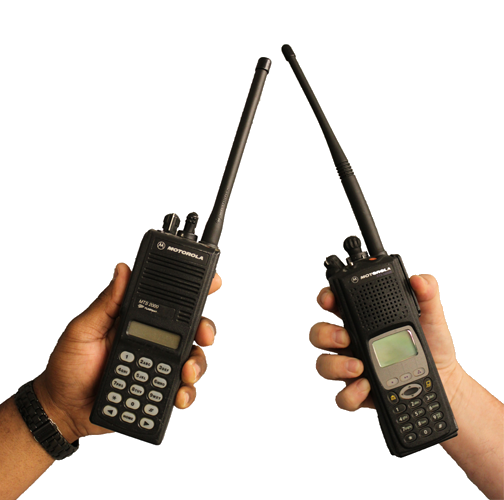
This course covers the basics of radio communication, different methods of radio connectivity, and radio communication best practices. After completing this module, you should have a better understanding of radio system operation and limitations.
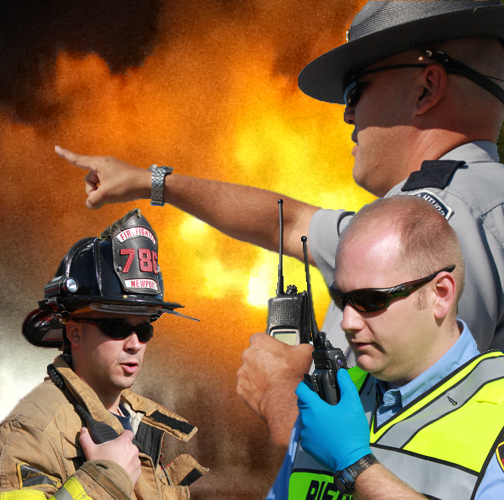
This course defines interoperability, explores its importance and covers the methods and options available to achieve communications interoperability. After completing this training, you should have a better understanding of what communications interoperability is; why it is essential; and the interoperability methods and options available to responders.
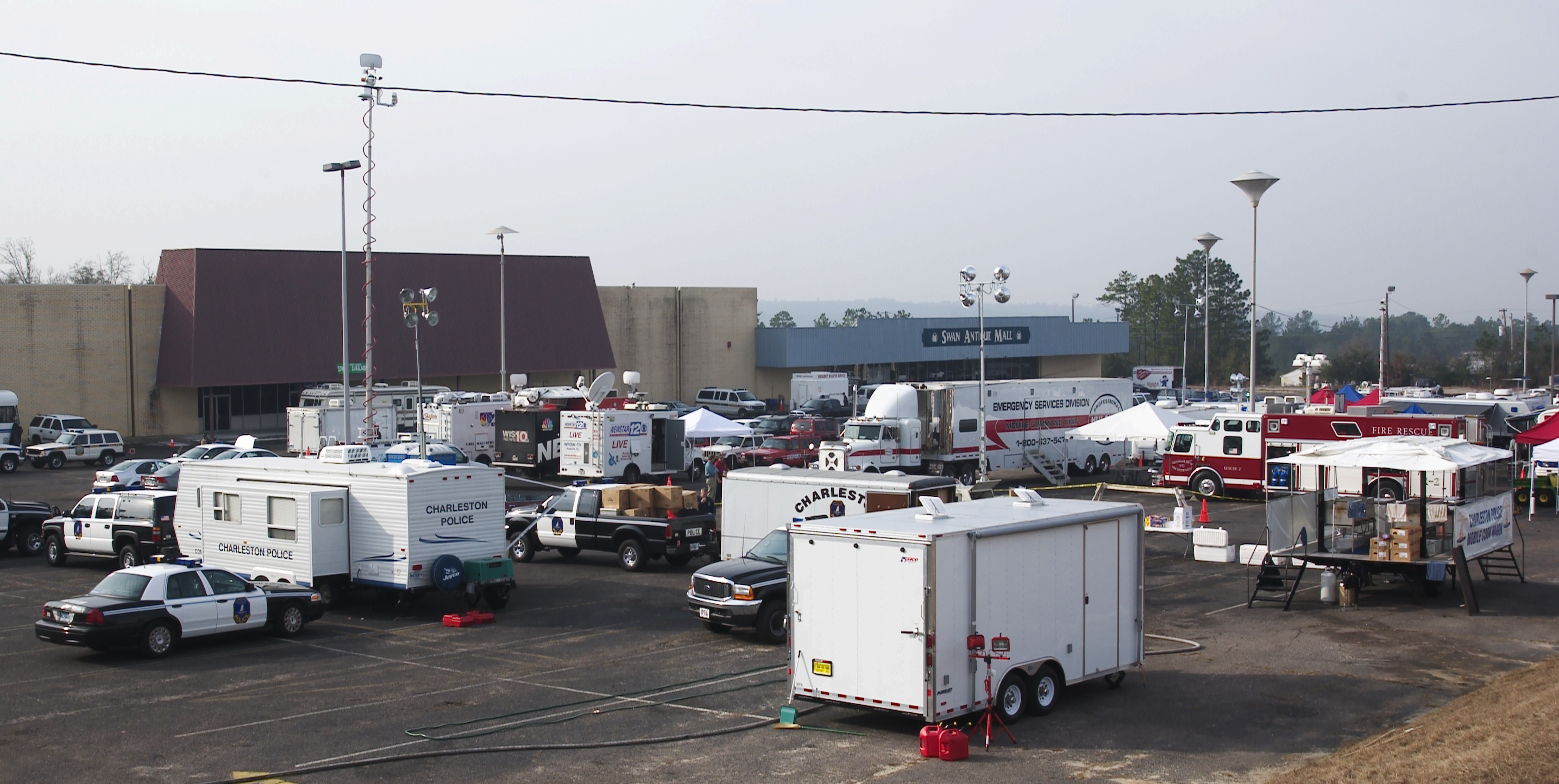
It is crucial that public safety responders have a good understanding of mutual aid channels and talkgroups in order to promote interoperable communications. After completing this module, the responder should have a better understanding of mutual aid communications; state and national mutual aid talkgroups and channels; and communications resources available to responders in South Carolina.

The command and control component of the Incident Command System (ICS) cannot function effectively without reliable communications. Established methods of managing communications resources are crucial during incidents involving multiple agencies. After completing this course you should have a better understanding of communications in the ICS as well as the importance of communications planning, training, exercise and evaluation.
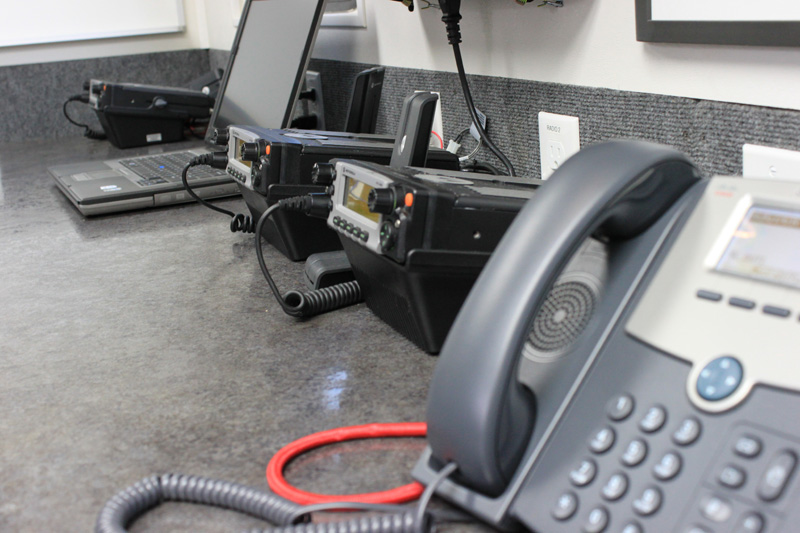
There are alternate methods available to promote interoperability during an emergency response. These include satellite communications, broadband services, Auxcom resources, and priority voice and data services. After completing this module, the responder will have a better understanding of alternate forms of emergency communications; the available systems utilized in South Carolina; and how these communications systems can enhance interoperability in our state.
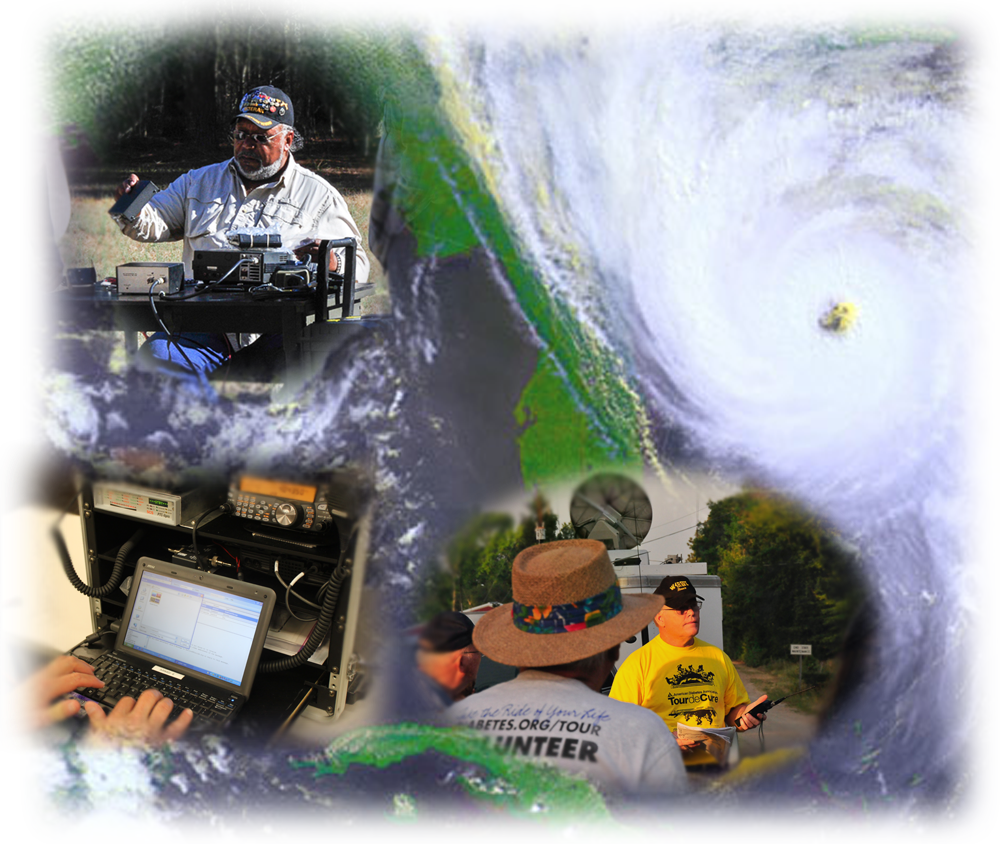
Auxiliary communications consists of additional communication resources such as licensed amateur radio operators; self-contained mobile communication equipment; and access to additional radio frequencies. After completing this training, you should have a better understanding of auxiliary communications interoperability, AUXCOM resources, assets and capabilities.
